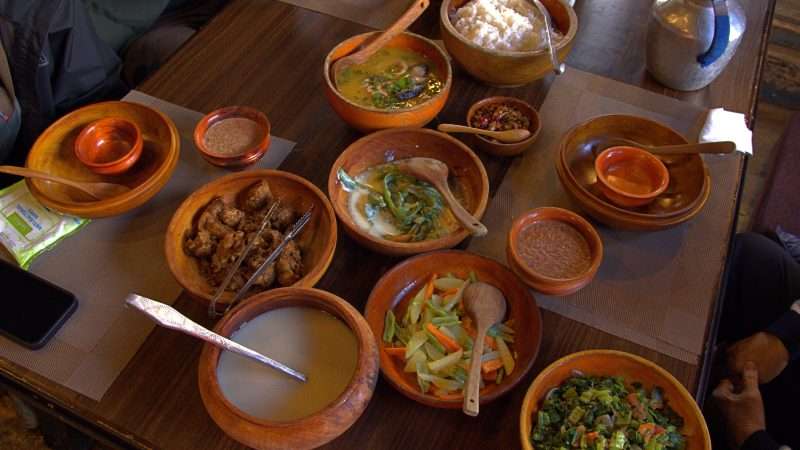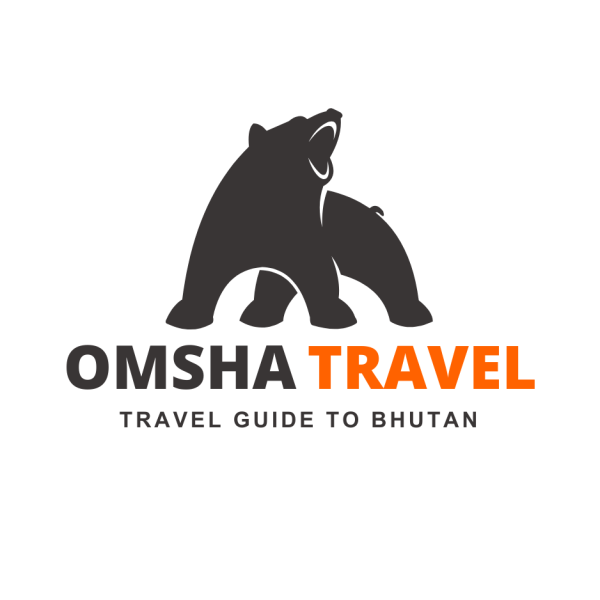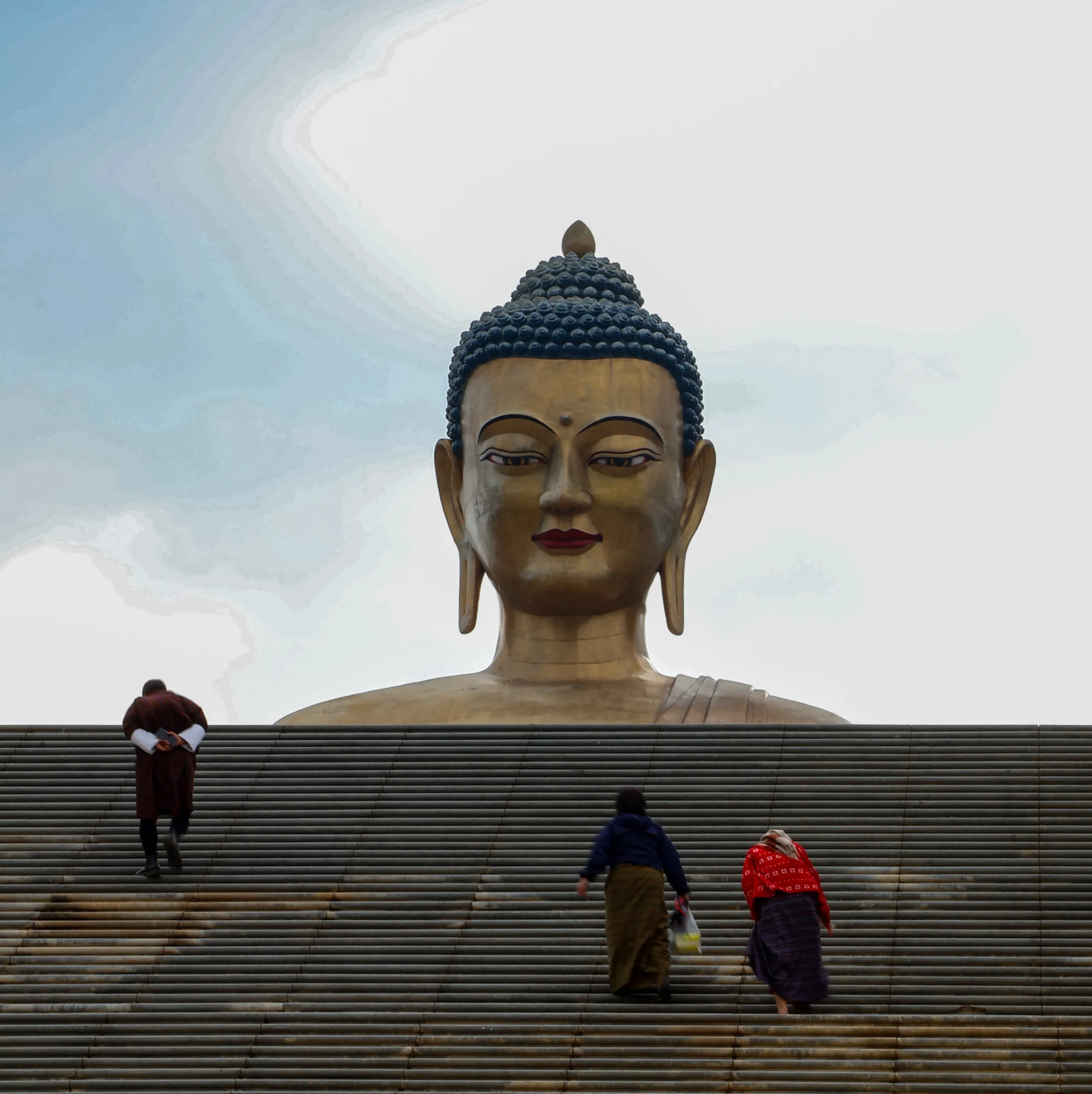Bhutan, the Land of the Thunder Dragon, is a hidden gem tucked away in the eastern Himalayas. With its pristine landscapes, ancient monasteries, colorful festivals, and a philosophy rooted in Gross National Happiness, Bhutan offers a travel experience unlike anywhere else on Earth. But planning a trip to this enchanting kingdom can feel overwhelming, especially with its unique visa policies, travel regulations, and limited tourism infrastructure. Before we plan a perfect tour, it is important to know some of the facts about Bhutan.
In this ultimate travel guide to Bhutan, we’ll walk you through how to plan a perfect tour to Bhutan, step by step. Whether you’re an adventure seeker, a culture lover, or someone in search of peace and spirituality, Bhutan has something magical to offer.
1. Why Visit Bhutan?
Bhutan isn’t just another tourist destination—it’s an experience that touches your soul. From the breathtaking Tiger’s Nest Monastery clinging to a cliffside to the serene beauty of Punakha Valley, Bhutan allows you to slow down and soak in nature, culture, and spirituality.
Some compelling reasons to visit Bhutan:
- Unspoiled Nature – Over 70% forest cover, national parks, and protected wildlife.
- Unique Culture – Traditional dress, language, architecture, and religious practices.
- Happiness Over Profit – The country prioritizes wellbeing over GDP.
- Safe and Peaceful – With one of the lowest crime rates in Asia.
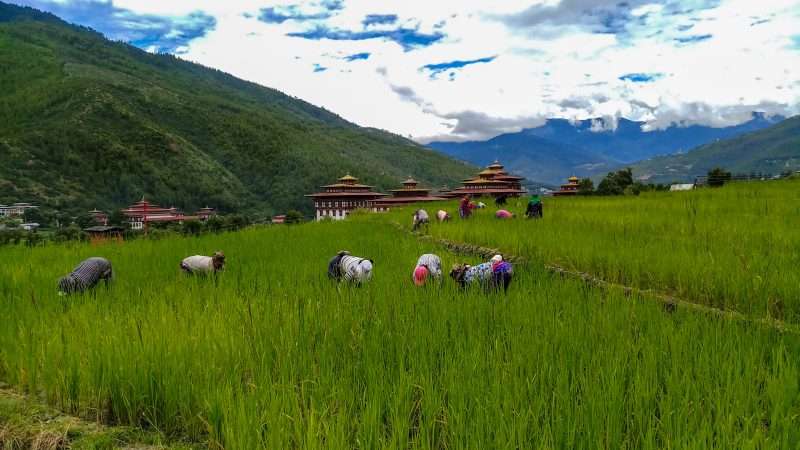
2. Best Time to Visit Bhutan
Bhutan is a year-round destination, but your experience can vary greatly depending on when you go.
- Spring (March to May): One of the most popular times to visit, with rhododendron blooms and mild weather.
- Autumn (September to November): Clear skies, pleasant temperatures, and Tshechu festivals make it a favorite among travelers.
- Winter (December to February): Crisp air, snow-capped peaks, and fewer tourists—ideal for those who prefer solitude and birdwatching.
- Monsoon (June to August): Lush green landscapes but frequent rain; best avoided unless you’re visiting the eastern regions or on a photography trip.
3. Do You Need a Visa to Visit Bhutan?
Yes—all international travelers (except Indians, Bangladeshis, and Maldivians) require a visa to enter Bhutan. Here’s what you need to know:
- You must apply through a licensed Bhutanese tour operator or one of their international partners.
- A non-refundable Sustainable Development Fee (SDF) of USD 100 per person per night is mandatory for all tourists except those from India.
- Indian nationals require a permit, which can be obtained online or on arrival.
Bhutan recently updated its visa rules, making it more flexible but still regulated to promote high-value, low-impact tourism.
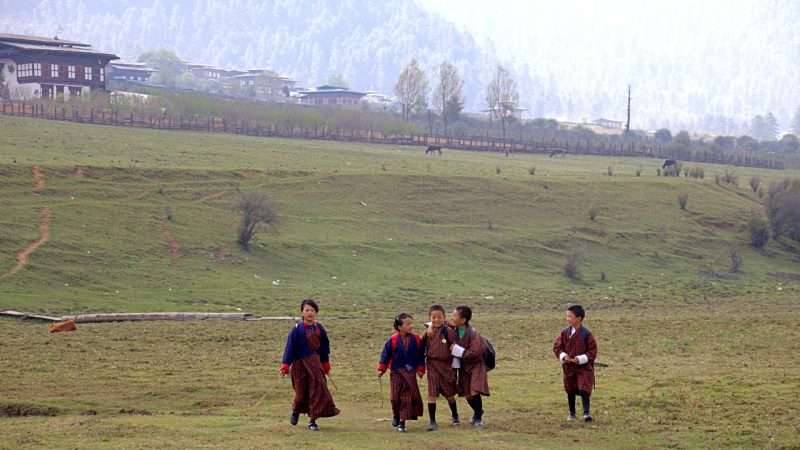
4. Book Through a Licensed Bhutanese Tour Operator
Unlike other countries, you can’t just book a flight and arrive in Bhutan. Planning your trip through a licensed Bhutanese tour operator is strongly recommended and, in many cases, necessary. Here’s why:
- They handle your visa application, permits, and travel logistics.
- They can tailor custom itineraries to match your interests—be it trekking, culture, photography, or wellness.
- Booking accommodation independently is not easy in Bhutan. Many hotels are not listed online or may not accept online bookings.
- Payments made through tour operators avoid the hassle of multiple bank charges and currency issues.
OMSHA Travel is one such experienced local operator offering personalized tours, including luxury experiences, cultural journeys, and off-the-beaten-path adventures.
5. Plan Your Bhutan Itinerary
The best itineraries in Bhutan blend culture, nature, and spirituality. Depending on your interests and duration, here are popular highlights:
Short Trip (4–5 days)
- Paro: Hike to Tiger’s Nest, visit Kyichu Lhakhang.
- Thimphu: Explore the capital city, Tashichho Dzong, Buddha Dordenma.
- Punakha: Visit Punakha Dzong and suspension bridge.
Medium Trip (7–9 days)
- Add Phobjikha Valley for nature and black-necked crane sightings.
- Explore Dochula Pass and mountain views.
- Optional monastery stay or wellness retreat.
Longer Trip (10+ days)
- Venture to Bumthang, the spiritual heartland of Bhutan.
- Include Central and Eastern Bhutan for raw cultural immersion.
Here’s the suggested itineraries:
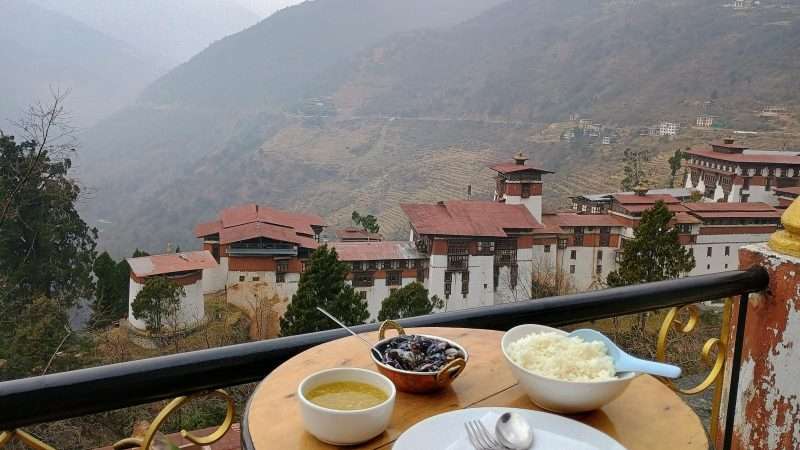
6. Where to Stay in Bhutan
From cozy family-run guesthouses to luxurious 5-star resorts, Bhutan offers a variety of accommodations. However, most hotels are not listed on major online booking platforms, and even those that are may have limited availability.
Types of accommodations:
- Homestays: Best for cultural exchange and local food. Stay are clean and comfortable
- 3-star Hotels: 3-star hotels in Bhutan offer more than just cleanliness and comfort—they provide warm hospitality, essential amenities, and a pleasant atmosphere for a restful stay.
- Luxury Resorts: Think Six Senses, COMO Uma, Amankora, and Pemako Hotels
Booking through your tour operator ensures better options and availability.
7. How to Get to Bhutan
Bhutan has only one international airport—Paro International Airport (PBH). It is connected to select cities by Drukair and Bhutan Airlines.
Direct Flights to Bhutan:
- From India: Delhi, Kolkata, Guwahati, Bagdogra
- From Nepal: Kathmandu
- From Thailand: Bangkok
- From Singapore
- From Bangladesh: Dhaka
- United Arab Emirates: Dubai (DXB)
- Seasonal/chartered flights: From Vietnam and Hong Kong (limited fixed departures)
Note: Flights to Bhutan offer stunning aerial views of the Himalayas, including Mt. Everest—choose a window seat!
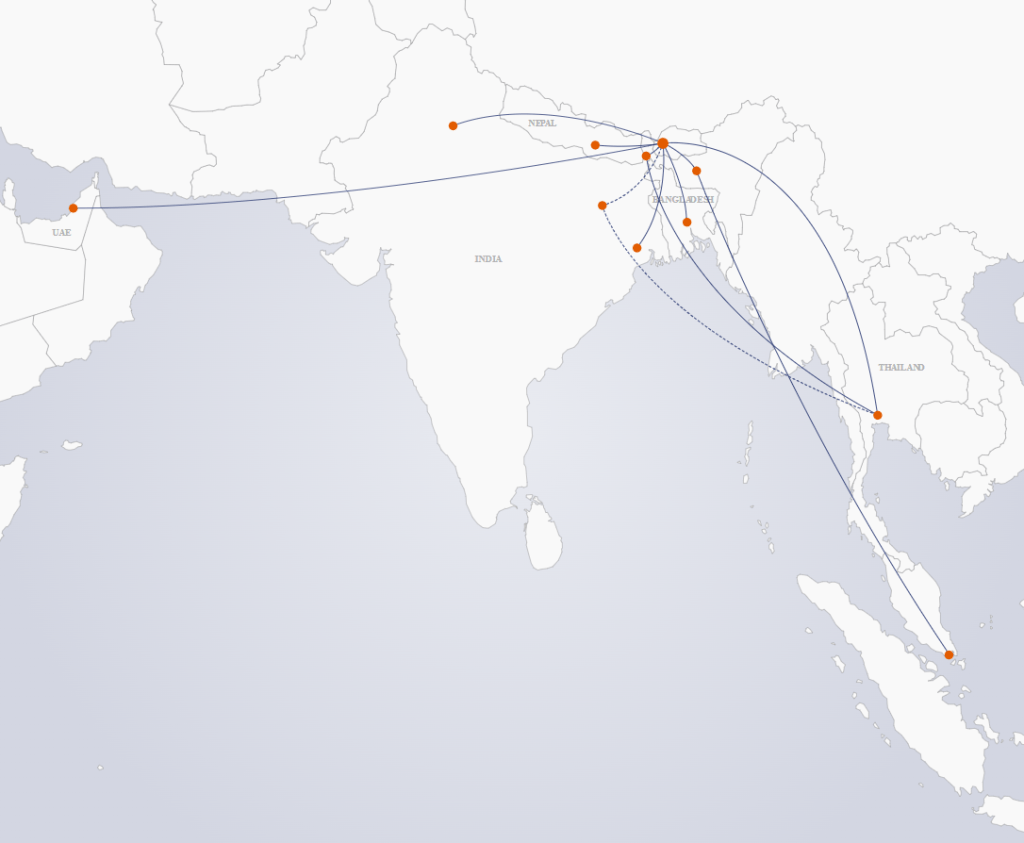
8. Currency, Connectivity, and SIM Cards
- Currency: Bhutanese Ngultrum (BTN) is pegged to the Indian Rupee (INR), and both are accepted.
- ATMs: Available in cities but may not work with all international cards.
- SIM Cards: Easily available upon arrival; TashiCell and B-Mobile offer tourist SIMs.
- Wi-Fi: Available in hotels but can be slow in remote areas.
Tip: Carry some cash, especially when visiting rural areas.
9. Must-Experience Festivals and Events
Festivals (Tshechus) are a window into Bhutan’s living culture. These are vibrant, colorful, and spiritually enriching events featuring mask dances, traditional music, and local participation.
Top Festivals:
- Paro Tshechu – Held in spring; attracts both locals and tourists.
- Thimphu Tshechu – One of the grandest in the country.
- Punakha Dromche – Celebrates the military victory over Tibetans.
- Jambay Lhakhang Drup – Famous for fire dances and midnight rituals.
Planning your trip around a festival can be incredibly rewarding.
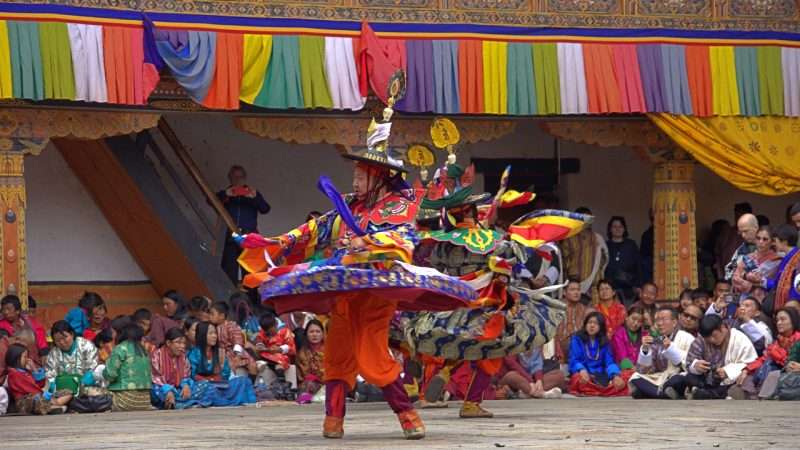
10. Bhutan Travel Tips for a Smooth Trip
To make the most of your journey, here are some essential travel tips:
- Pack modest clothing – especially when visiting monasteries.
- Altitude: Paro and Thimphu are at over 2,000 meters—stay hydrated.
- Trekking: If trekking, invest in good gear and acclimatize properly.
- Photography: Always ask before taking photos of people or inside temples.
- Etiquette: Respect the local customs; Bhutanese are deeply spiritual.
Conclusion: Bhutan Awaits You
Planning the perfect tour to Bhutan involves more than just booking flights and hotels—it’s about immersing yourself in a country where tradition and tranquility thrive. With the right guidance, especially from a trusted local tour operator, your Bhutan journey will be safe, seamless, and soul-stirring.
So whether you’re chasing Himalayan adventures, cultural depth, or just a peaceful escape—Bhutan welcomes you with open hearts and smiling faces.
Ready to plan your dream Bhutan trip?
Let OMSHA Travel help you craft a tailor-made itinerary that reflects your interests and ensures an unforgettable experience.
